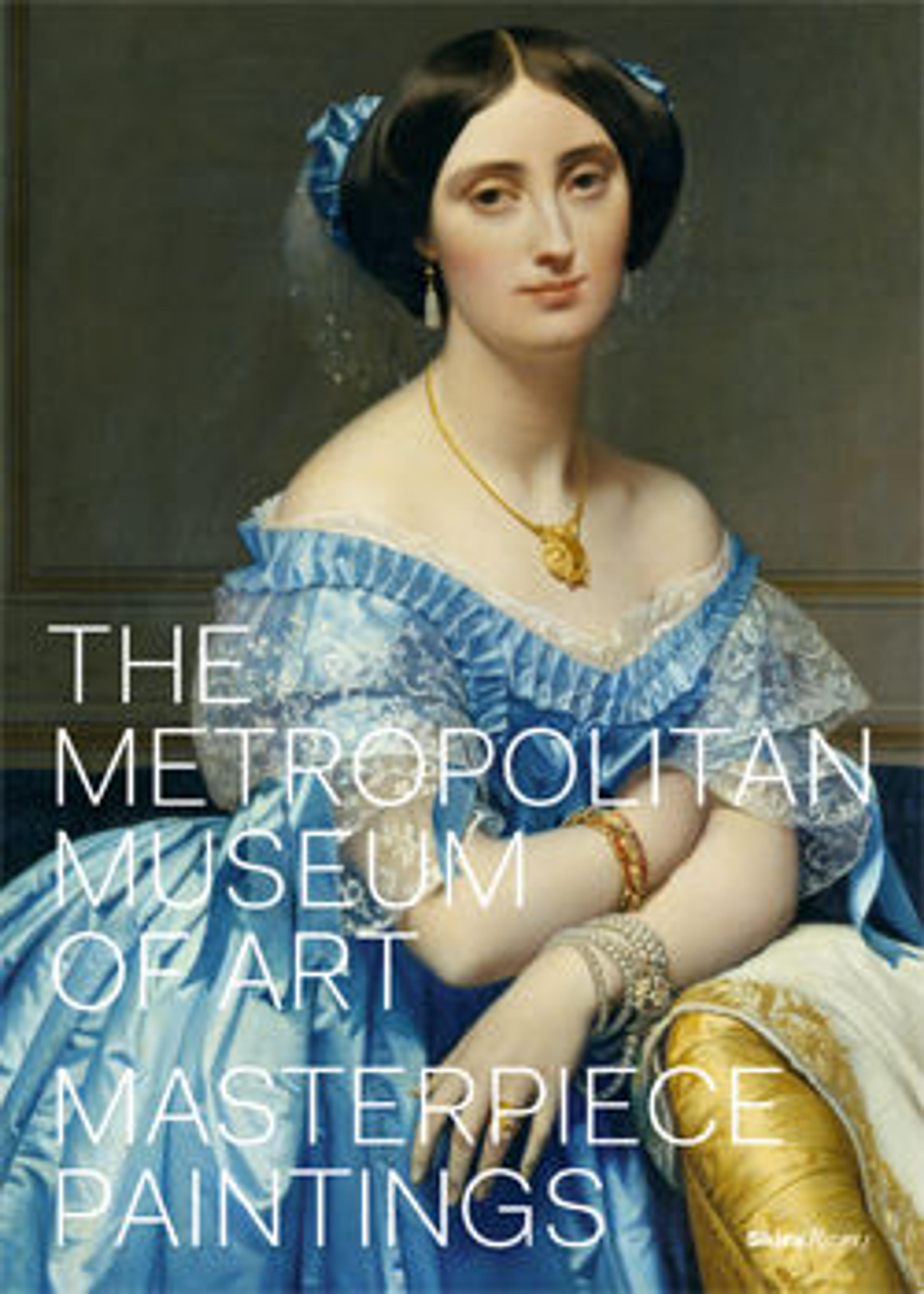Jar with a frieze of bulls
Glazing and glassmaking have a long history in the ancient Near East. A glaze is a layer of glass over a ceramic body. The first objects with a glazed surface were small beads and amulets made of faience, dating to the Ubaid period of the mid-sixth millennium B.C. While isolated examples of true glass beads have been found in contexts of the third millennium B.C., glass was produced on a large scale for the first time around 1600 B.C., perhaps in the Mitanni state of northern Mesopotamia.
This large jar—glazed in green, blue, brown, yellow, white, and black—represents an advanced glazing technique that was in widespread use during the first millennium B.C. Its shoulder is decorated with a wreath of petals, and its body by bulls kneeling before trees. It is one of two jars in the Museum's collection that reportedly were found at the early first millennium B.C. site of Ziwiye in northwestern Iran, but it is also similar in shape and decoration to examples excavated at the Assyrian city of Ashur on the Tigris River in northern Iraq.
This large jar—glazed in green, blue, brown, yellow, white, and black—represents an advanced glazing technique that was in widespread use during the first millennium B.C. Its shoulder is decorated with a wreath of petals, and its body by bulls kneeling before trees. It is one of two jars in the Museum's collection that reportedly were found at the early first millennium B.C. site of Ziwiye in northwestern Iran, but it is also similar in shape and decoration to examples excavated at the Assyrian city of Ashur on the Tigris River in northern Iraq.
Artwork Details
- Title: Jar with a frieze of bulls
- Period: Iron Age III
- Date: ca. 8th–7th century BCE
- Geography: Iran, said to be from Ziwiye
- Culture: Iran
- Medium: Glazed ceramic
- Dimensions: 17 1/8 × Dia. 11 1/2 in. (43.5 × 29.2 cm)
- Credit Line: Purchase, Joseph Pulitzer Bequest, 1955
- Object Number: 55.121.2
- Curatorial Department: Ancient West Asian Art
Audio
7023. Jar with a frieze of bulls, Part 1
0:00
0:00
We're sorry, the transcript for this audio track is not available at this time. Please email info@metmuseum.org to request a transcript for this track.
Listen to more about this artwork
More Artwork
Research Resources
The Met provides unparalleled resources for research and welcomes an international community of students and scholars. The Met's Open Access API is where creators and researchers can connect to the The Met collection. Open Access data and public domain images are available for unrestricted commercial and noncommercial use without permission or fee.
To request images under copyright and other restrictions, please use this Image Request form.
Feedback
We continue to research and examine historical and cultural context for objects in The Met collection. If you have comments or questions about this object record, please complete and submit this form. The Museum looks forward to receiving your comments.
